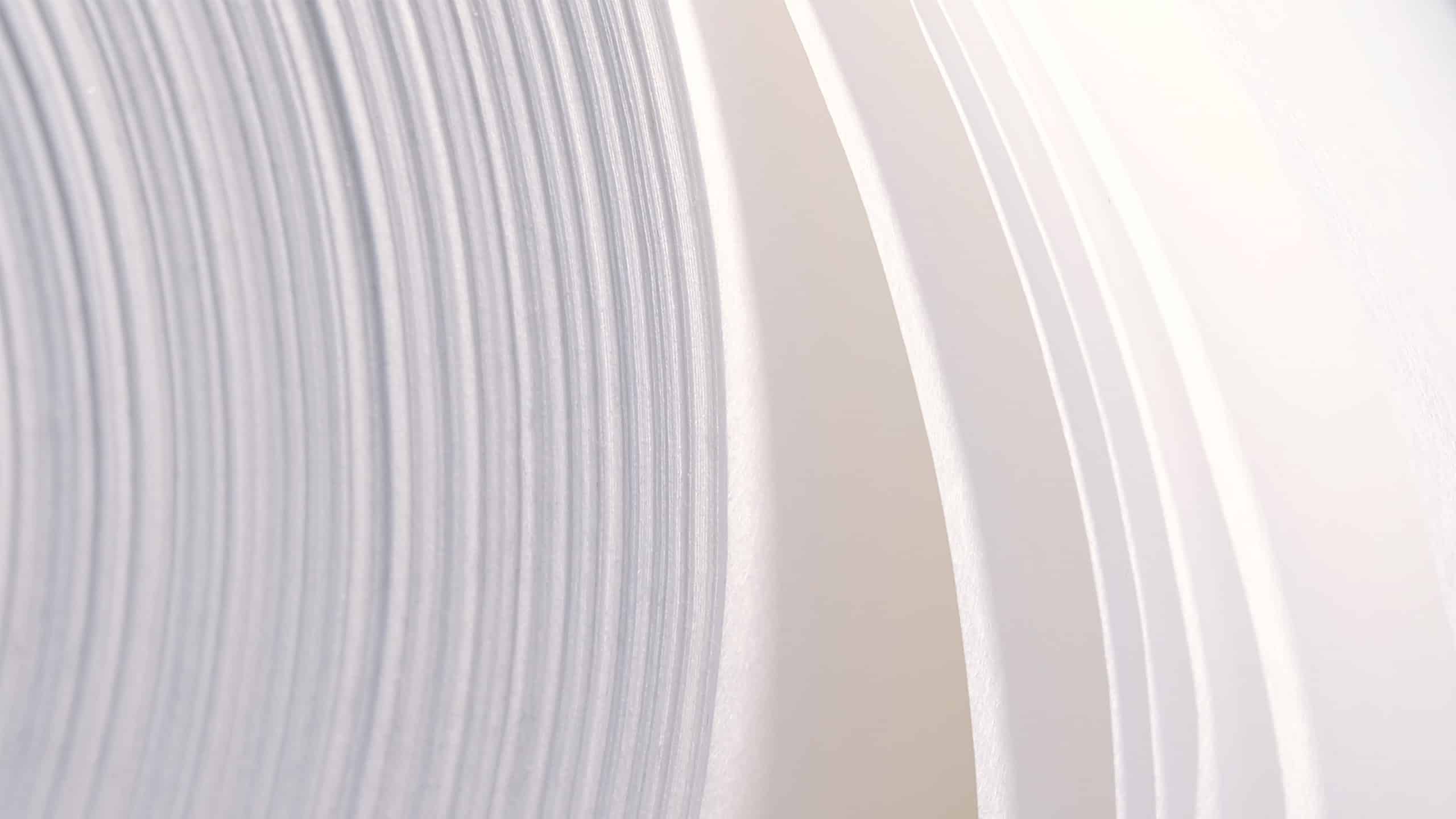Comparing recyclable carrier bags with plastic bags

Introduction to Recyclable Carrier Bags and Plastic Bags
In today’s world, the shift towards sustainable living practices is more pertinent than ever. Among the many changes being adopted, the transition from traditional plastic bags to recyclable carrier bags is noteworthy. Plastic bags, typically made from polyethylene, have long been criticized for their negative environmental impact. According to the European Parliament, they are non-biodegradable, contribute significantly to pollution, and often end up in oceans, harming marine life.
Recyclable carrier bags, on the other hand, are made from materials such as paper or renewable wood fibres, like those used in Paptic’s products. These bags are designed to be reused multiple times, reducing the need for single-use plastics. The European Environment Agency highlights that the environmental impact of recyclable carrier bags is substantially lower, as they can be recycled and are often made from sustainable resources. This shift is crucial as the world grapples with the need to reduce plastic waste and move towards more sustainable practices.
Understanding Sustainable Forest Management
Sustainable forest management is a practice that ensures forests are maintained in a way that meets the needs of the present without compromising the ability of future generations to meet their own needs. According to the Confederation of European Paper Industries (CEPI), this involves careful planning and management to maintain the ecological, economic, and social functions of the forest. When it comes to sourcing fibres for recyclable carrier bags, sustainable forest management plays a pivotal role.
Fibres used in recyclable carrier bags, such as those in Paptic’s materials, can be sourced responsibly from forests that are managed under sustainable practices. CEPI emphasizes that this means forests are harvested in a way that preserves their biodiversity, productivity, and ecological processes. However, achieving truly sustainable sourcing is not always straightforward, as it requires stringent adherence to guidelines and long-term commitment to environmental stewardship. Nonetheless, the potential benefits of sourcing from responsibly managed forests include preserving biodiversity and supporting local economies.
Unique Properties of Paptic’s Fibre-based Materials
Paptic’s fibre-based materials stand out in the market due to their unique combination of qualities. Unlike typical fibre-based solutions, Paptic’s materials blend the benefits of paper, plastic, and textiles. This results in a product that is not only durable and flexible but also soft and silent, making it ideal for a variety of applications, including carrier bags.
The key advantages of Paptic’s materials include their recyclability and reusability. They can be recycled with other packaging papers, reducing their environmental footprint. Furthermore, Paptic’s materials are designed to withstand multiple uses, providing a more sustainable alternative to single-use plastic bags. Their durability ensures that they remain functional over time, while their softness and foldability improve with use, offering a superior user experience compared to traditional options.
Comparing Environmental Impacts
When comparing the environmental impacts of recyclable carrier bags made from Paptic’s materials to traditional plastic bags, several factors come into play. Traditional plastic bags have a high carbon footprint due to their production process and are notorious for their non-biodegradability. According to UNEP, they can take hundreds of years to decompose, contributing significantly to landfill waste and ocean pollution.
In contrast, Paptic’s recyclable carrier bags boast a much lower environmental impact. They are made from renewable wood fibres, which can be sourced from sustainably managed forests, as supported by CEPI. This not only reduces their carbon footprint but also supports sustainable forestry practices. Additionally, these bags are designed to be reused and recycled, further minimizing their environmental impact through a reduced lifecycle assessment. By choosing Paptic’s materials, companies can significantly reduce their contribution to plastic waste, aligning with global sustainability goals.
The Future of Carrier Bags
The future of carrier bags lies in innovative, sustainable solutions that replace traditional plastic options. As the demand for environmentally friendly products grows, companies like Paptic are at the forefront of this transformation, offering advanced fibre-based materials that meet the needs of modern consumers. Innovations in material science continue to enhance the properties of these bags, making them more durable, flexible, and user-friendly.
Looking ahead, we can expect the carrier bag industry to increasingly adopt fibre-based solutions that prioritize sustainability. Companies will likely focus on improving the recyclability and reusability of their products, while also exploring new applications for these versatile materials. As a leader in sustainable packaging, we are poised to influence this future, driving the industry towards more responsible practices and helping brands communicate their commitment to sustainability through their choice of packaging.
